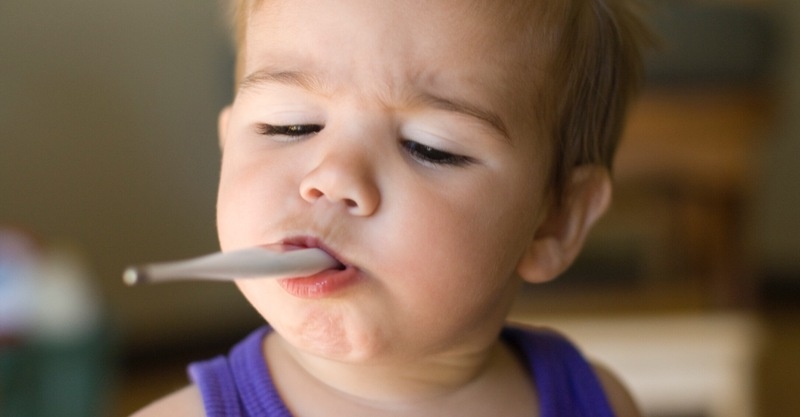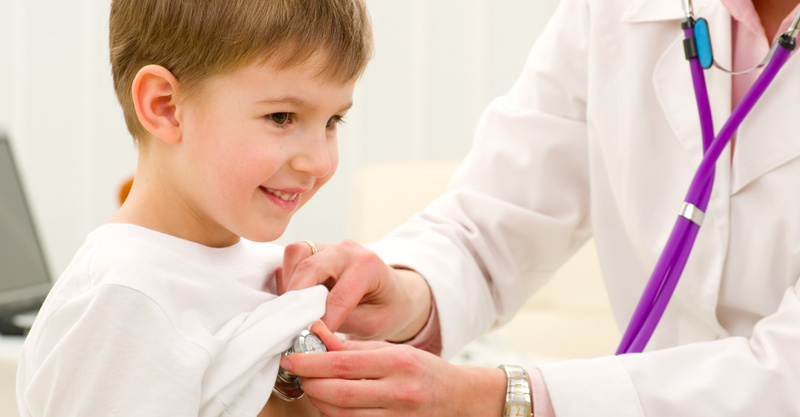Key Points
- The article provides six important tips to ensure a safe Halloween experience for children.
- It recommends using bright costumes with reflective tape and flashlights for visibility, and ensuring costumes are sensible to prevent tripping or falls.
- It also advises using safe costume accessories, such as soft and flexible toy weapons instead of real ones.
- Parents should thoroughly check their children's candy bags for any unsafe or allergy-inducing items, and be cautious with face paints due to potential allergic reactions.
- Lastly, it emphasizes the importance of talking to children about safety measures such as crossing the street properly, avoiding running at night, and staying close to supervising adults.
Halloween is approaching and kids everywhere are ready to put on their best costume and walk their neighborhoods to say those favorite words: "trick or treat." As fun as Halloween is, there are some issues parents and kids should know about. Follow these six tips for a safe Halloween.
1. Use Reflective Tape Flashlights
The American Academy of Pediatrics recommends dressing your children in bright costumes and also using reflective tape on costumes and trick or treat bags. Even with street lights and porch lights, it can be hard for motorists and others out at night to see your child, so the more they stand out the better. Flashlights are also a great idea and many stores sell them in Halloween styles.
2. Dress Kids in Sensible Costumes
Your child can still be a devilish ghoul, zombie, or princess but pay attention to the length of the costume to prevent tripping or falls. Masks that block vision can also be a danger to trick-or-treaters. Trips and falls can cause injuries like cuts, scrapes and bruising, or even worse, a broken bone. If any serious injuries occur, head to an urgent care center for medical attention.
Use common sense when designing or purchasing your child's costume. Ask yourself if you were wearing a similar costume if you would trip or fall. If children don't want their costumes short so they can easily walk, dress-up their shoes to match the costume with embellishments or sparkles.
3. Use Safe Costume Accents & Accessories
The CDC recommends using safe accents if you want to enhance costumes. For example, a pirate's sword should be soft and flexible. Never allow a child to carry a real weapon. While it's tempting to use something old you have in the attic or find at a thrift store, real weapons are simply not smart.
4. Go Through Your Child's Candy Bag
Some candies and treats aren't recommended for toddlers so be sure to go through their trick or treat bags and examine every piece of candy. In addition, if your child is allergic to peanuts or other ingredients contained in certain candies and eats them, you may need to head a pediatric urgent care center to receive immediate treatment.
Also remove any candy that is open. If your child receives homemade treats, if you don't know who gave out the treat, dispose of it.
5. Be Careful with Face Paints
Some children may be allergic to the ingredients in face paints available during the Halloween season. Before applying, it's best to test the paint on small portion of their hand to see how the skin reacts to the paint. If your child does experience a reaction to face paint, seek the help of a family care physician who can recommend treatment.
6. Talk with Your Kids
Have a discussion with all your children and discuss things like how to cross the street correctly by looking both ways, the dangers of running at night during Halloween, and how they should stick close to you or their supervisors during the night. Be sure to warn them of stranger danger and what to do if they feel they are threatened.
Halloween is a fun and exciting time for kids and their parents. If you follow these tips for safety, your children will be happier and so will you.
Frequently asked questions
Why is it recommended to use reflective tape and flashlights during Halloween?
Reflective tape and flashlights help make children more visible to motorists and others out at night, reducing the risk of accidents. The American Academy of Pediatrics recommends using these items to enhance the visibility of children during Halloween.What should parents consider when choosing Halloween costumes for their kids?
Parents should ensure that the costumes are of appropriate length to prevent tripping or falls. Masks that block vision can also be a danger. It's important to use common sense when designing or purchasing a child's costume, considering if it could cause them to trip or fall.What precautions should be taken with costume accents and accessories?
Any accents or accessories used to enhance costumes should be safe. For example, a pirate's sword should be soft and flexible. Real weapons should never be allowed as part of a costume.Why is it important to go through your child's candy bag?
Some candies and treats may not be suitable for toddlers or for children with certain allergies. It's also important to remove any open candies and dispose of any homemade treats from unknown sources to ensure safety.What should parents be aware of when using face paints for Halloween?
Some children may be allergic to the ingredients in face paints. It's recommended to test the paint on a small portion of the child's hand to see how their skin reacts before applying it to their face.What are some safety tips parents should discuss with their kids before going trick-or-treating?
Parents should discuss how to cross the street safely, the dangers of running at night, the importance of staying close to their supervisors, and the concept of stranger danger. It's important to ensure children know what to do if they feel threatened.What should parents do if their child experiences a reaction to face paint?
If a child experiences a reaction to face paint, parents should seek the help of a family care physician who can recommend appropriate treatment.What should parents do if their child suffers a serious injury while trick-or-treating?
If a child suffers a serious injury like a broken bone, they should be taken to an urgent care center for immediate medical attention.

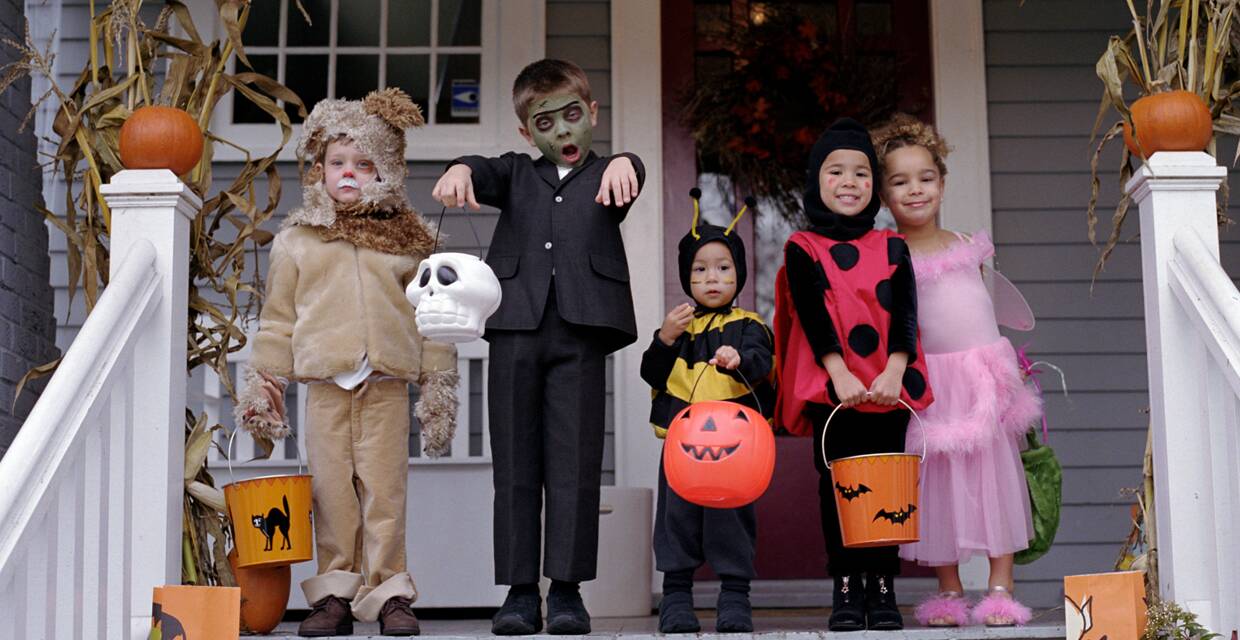
 Twitter
Twitter LinkedIn
LinkedIn

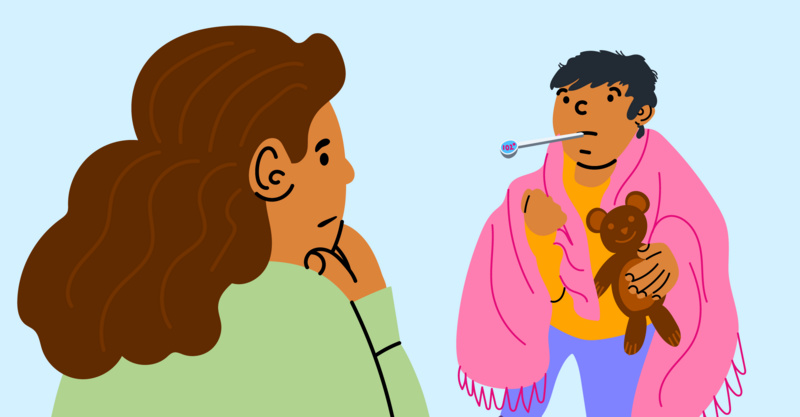


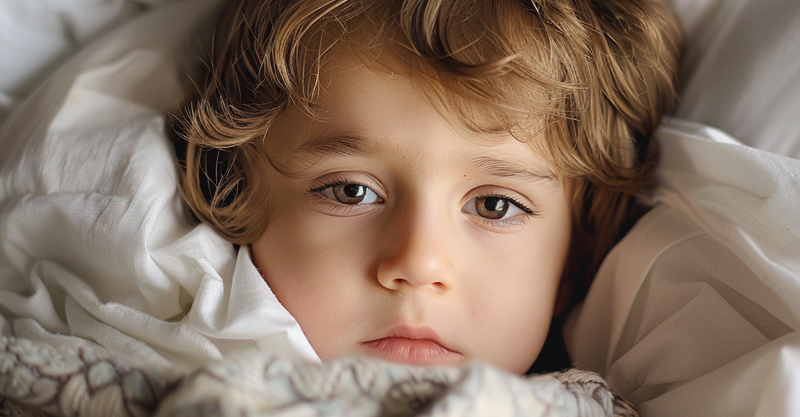


![Accident Prone: Common Holiday Accidents [INFOGRAPHIC]](https://d1kve3ll6vvkpr.cloudfront.net/dir/media/W1siZiIsIjIwMTMvMTAvMjYvMTBfNTJfMTRfMjQ1X2hvbGlkYXlfYWNjaWRlbnRzLnBuZyJdLFsicCIsInRodW1iIiwiODAweDQxNyMiXSxbInAiLCJlbmNvZGUiLCJqcGciLCItcXVhbGl0eSA5NSJdXQ/file.jpg?basename=Accident+Prone%3A+Common+Holiday+Accidents+%5BINFOGRAPHIC%5D&sha=a894e96fd9ab9540)
